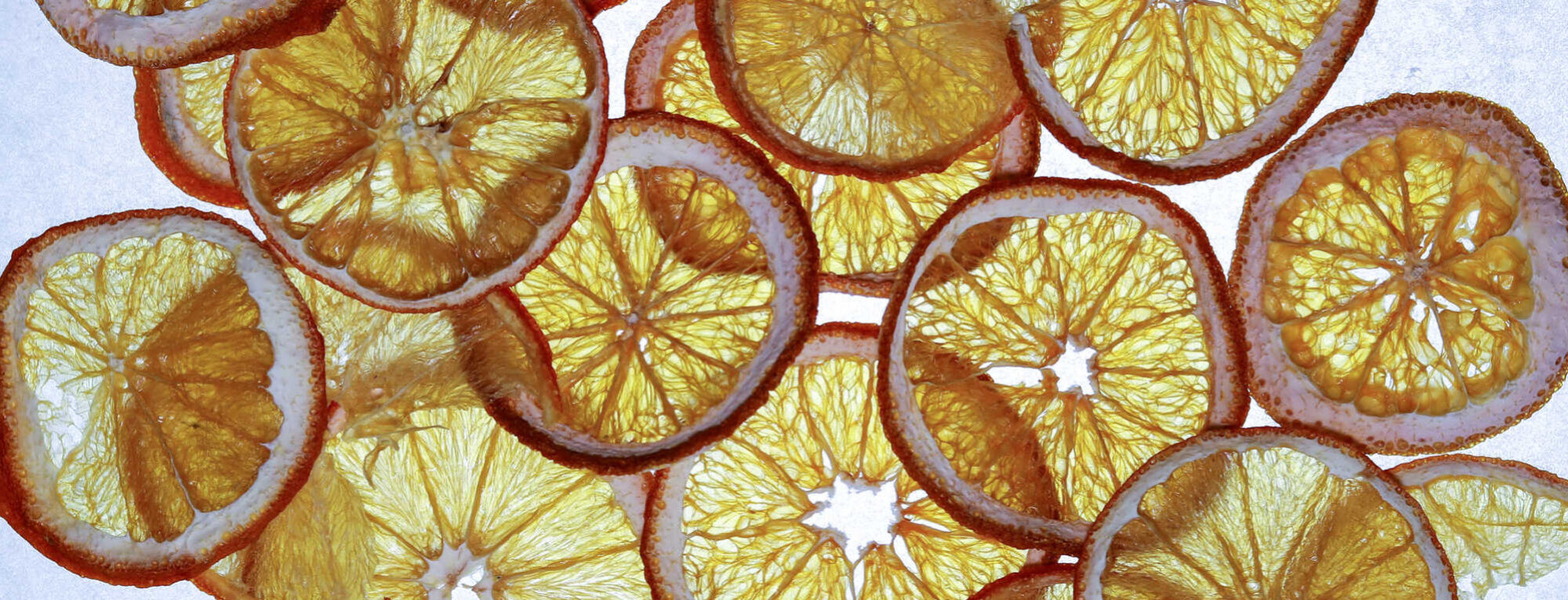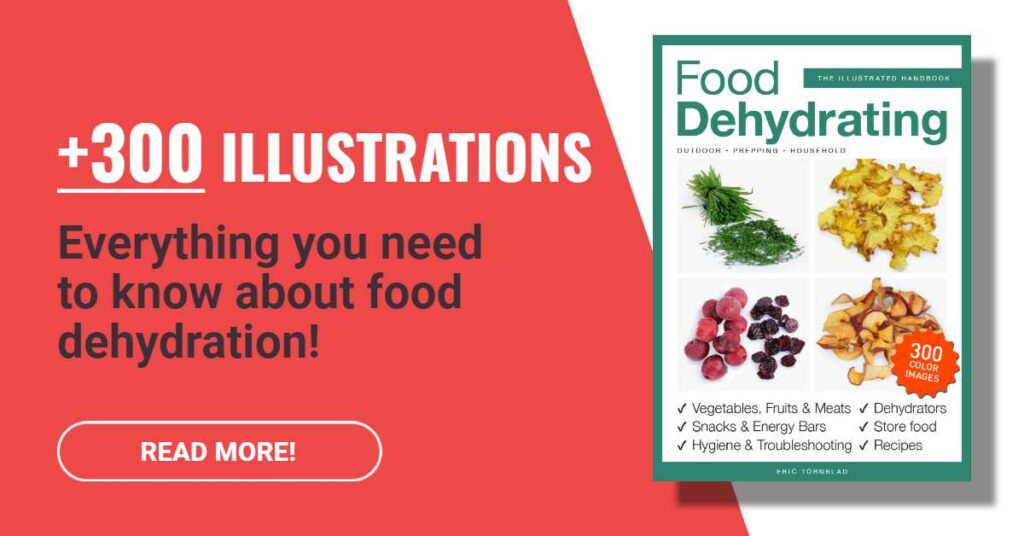
Consider how big capacity you need on your dehydrator and whether you want to dry wet food such as fruit leather and more advanced outdoor food. For wet food, you need an oven with horizontal airflow.
Image: airflow in a dehydrator
IF YOU DONT HAVE TIME READING THE FULL POST, HERE IS THE CHECKLIST:
- How much capacity do you need? Are you drying large amounts of fruits or vegetables from a garden or just small amounts of food?
- Choose a rectangular dehydrator with horizontal airflow to dehydrate purées and stews.
- If you mainly want to dry mushrooms or vegetables, choose a voluminous dehydrator, that is: a dehydrator with frames that have high edges.
- A thermostat is almost a must to dehydrate at the right temperature. A timer is optional but practical.
This guide will save you time and money in 5 minutes!
A food dehydrator is also called a “dehydrator oven”, a “mushroom dryer”, and, in some cases, a “fruit dryer”. The principle of all food dryers is the same – hot air passes over the food and dries it. However, there are two different types of food dehydrators. In short guide, you will learn how to get the right food dehydrator for you.
Thermostat, timer and knobs/buttons on the food dehydrator
| A thermostat is a must. Then, you can regulate the temperature precisely according to the food you are drying. The risk is that you dry the food too hard and spoil it. |
| The timer is very convenient and gives you a better idea of how long it takes to dry different foods. It is also a safety issue if you leave the oven. |
| Digital or mechanical knobs/buttons for adjusting temperature and timer are a matter of taste. Can be placed in bottom, front or on top. |
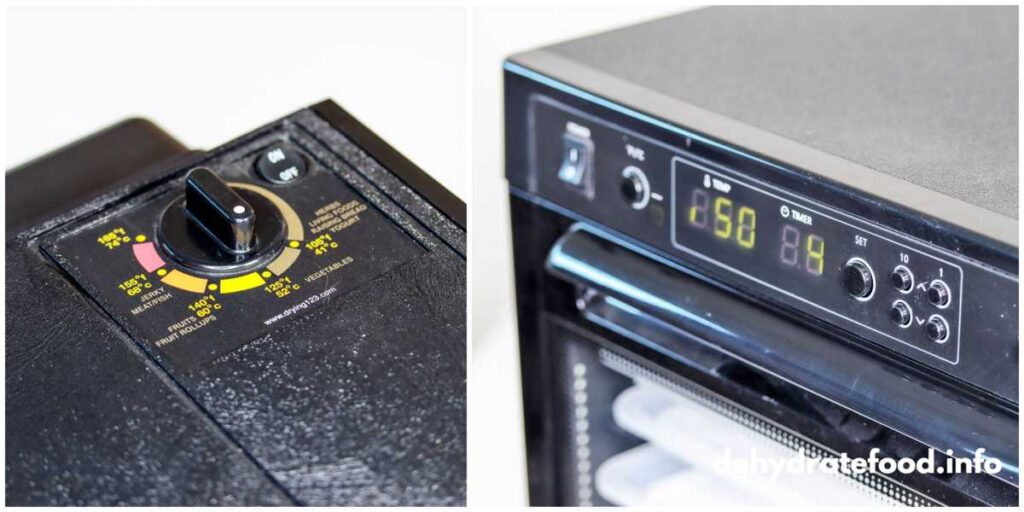
Knobs and buttons
Knobs and buttons on dehydrators – can be placed in front or on top.
Horizontal And Vertical Airflow
There are dehydrators with horizontal and vertical airflow. The round drying oven in the picture is represented by Stöckli Dörrex, where the air flows from below. In, for example, Excalibur and Sedona, the air flows from the side. Both types, horizontal/vertical airflow, work great, but choose a dehydrator with horizontal flow to dry wet foods such as purees or stews.
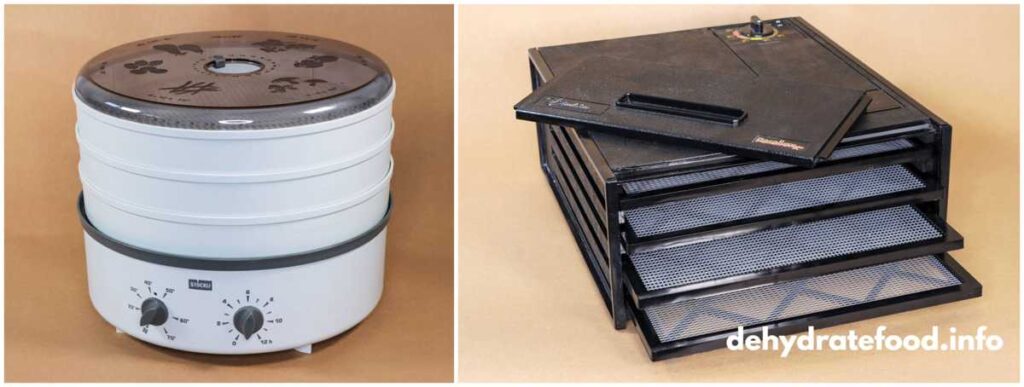
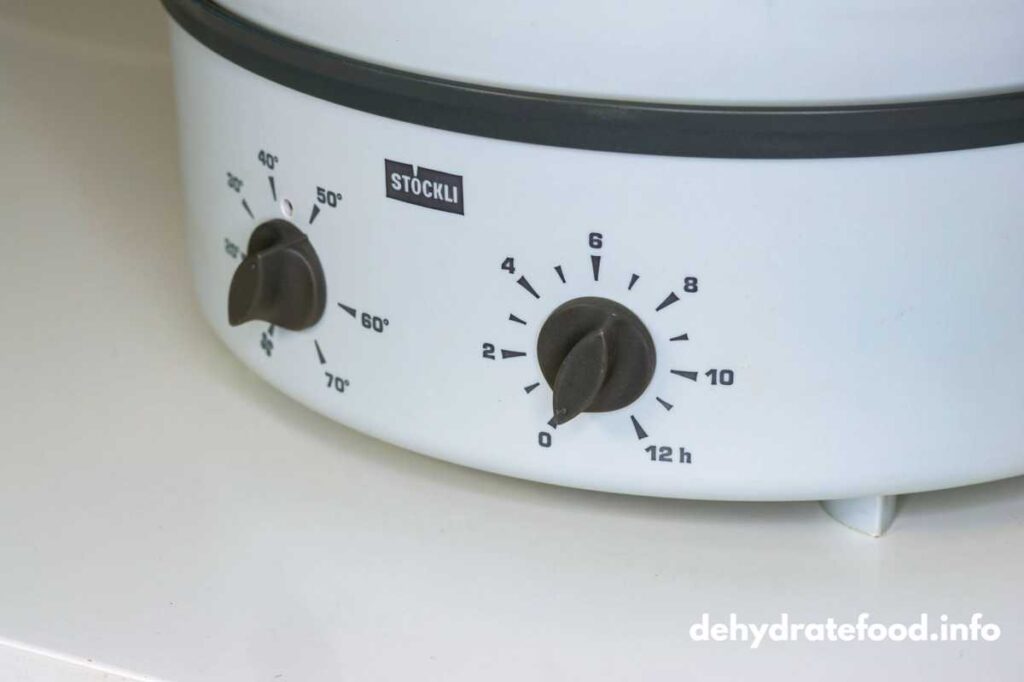
The Stöckli Dörrex food dehydrator
Knobs on a Stöcklli Dörrex, a dehydrator with vertical airflow.
Size of the food dehydrator
If you want to dry a lot at a time, for example, if you have a garden with fruit and vegetables or if you dry for many people – then a larger food dryer is a good idea. A smaller dehydrator is fine if you dry small amounts at a time. If you have little space at home, it can also be suitable with a smaller model.
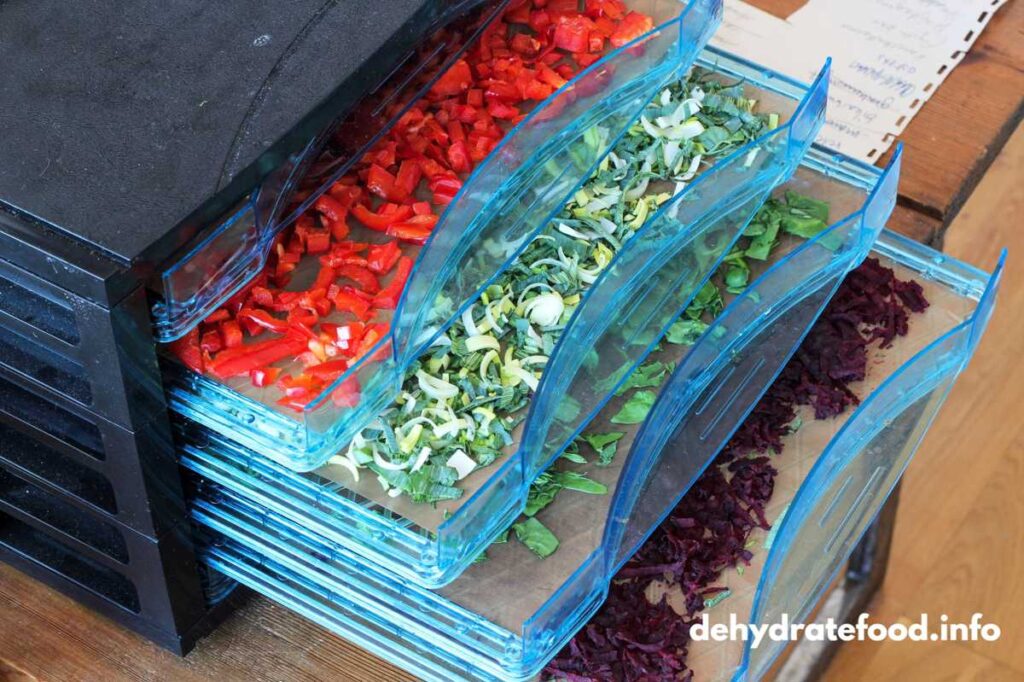
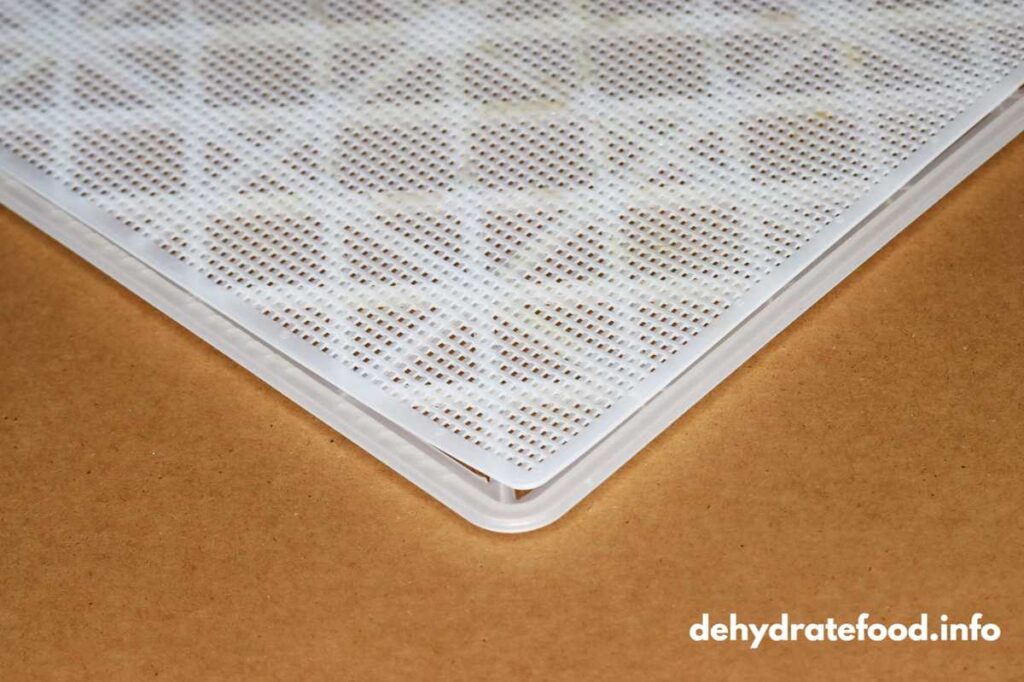
Price, does it matter?
The price is relevant when choosing a dehydrator. With a higher price, you usually get a higher build quality, BPA-free plastic, more even drying and built-in safety such as overheating protection. Should you still be unlucky, the warranty is more extensive on a more expensive model, and there are spare parts.
Image: tray made of BPA-free plastic from Sedona
Metal or plastic?
Dehydrator-trays can be made from plastic or metal, metal can be cleaned in the dishwasher at a high temperature.
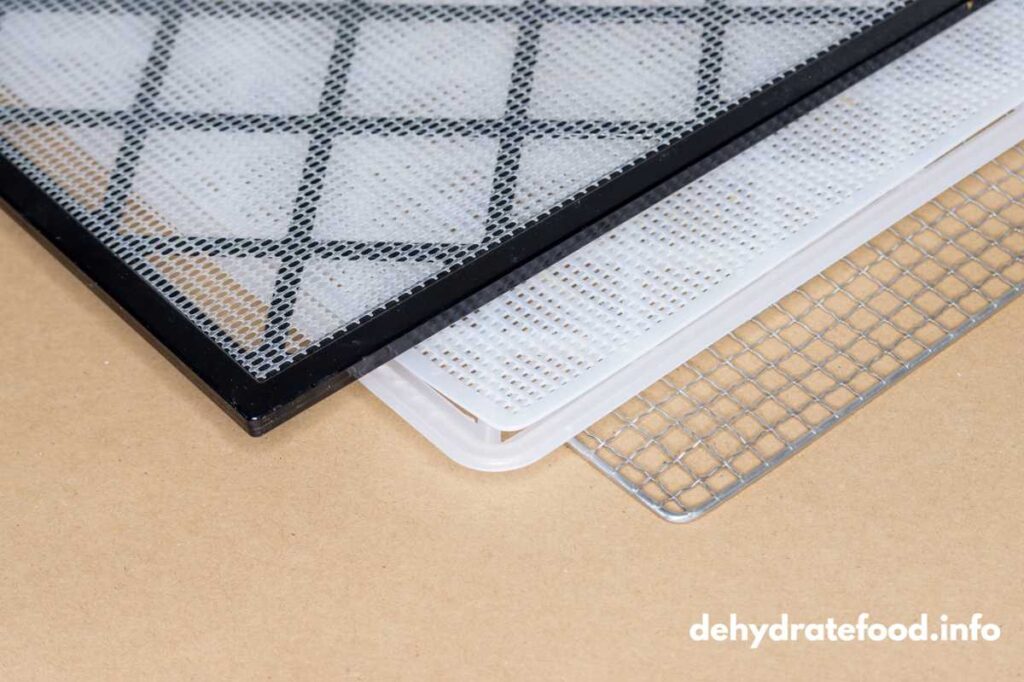
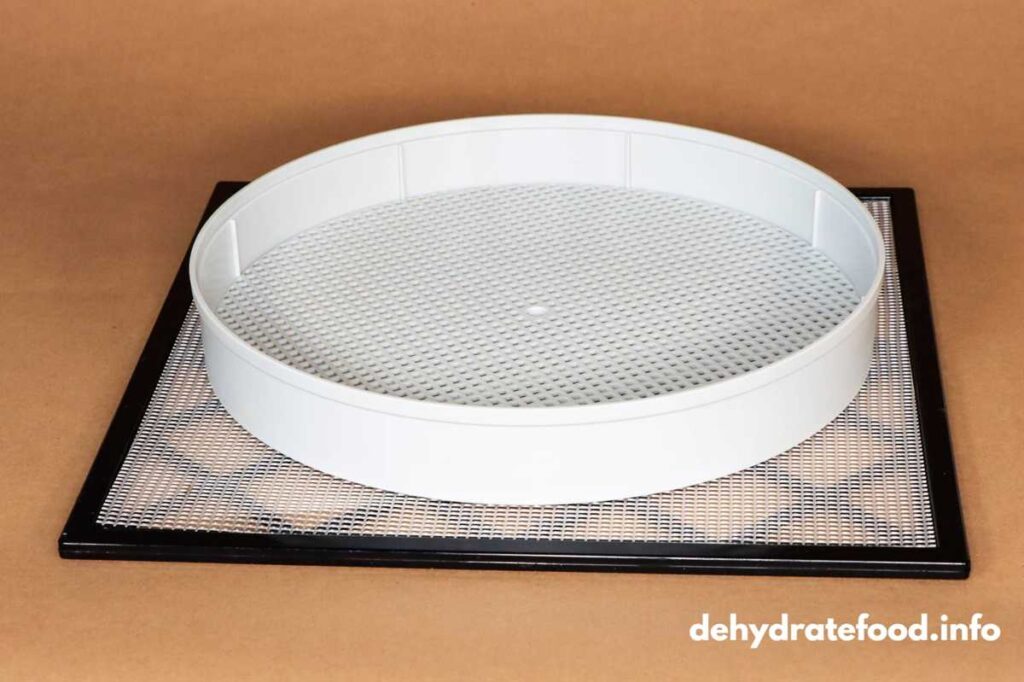
Area or volume?
A square tray holds more food on the surface, but a round one with high edges canhold a thicker layer.
Dehydrator sheets
There are different dehydrator sheets to be used for purée or wet food, such as tomatoes.
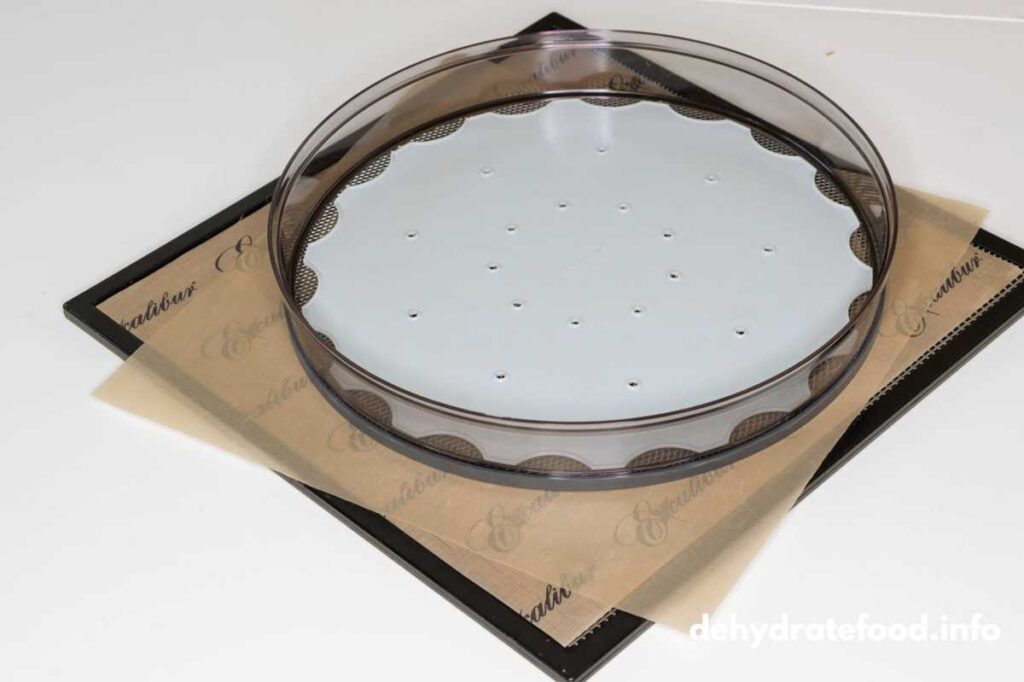

Size of holes in trays
The size of the holes in the mesh can differ significantly.
Image: Stöckli Dörrex trays
Cheaper food dehydrators
Cheaper dehydrators tend to have big holes in the mesh, causing food to fall through.
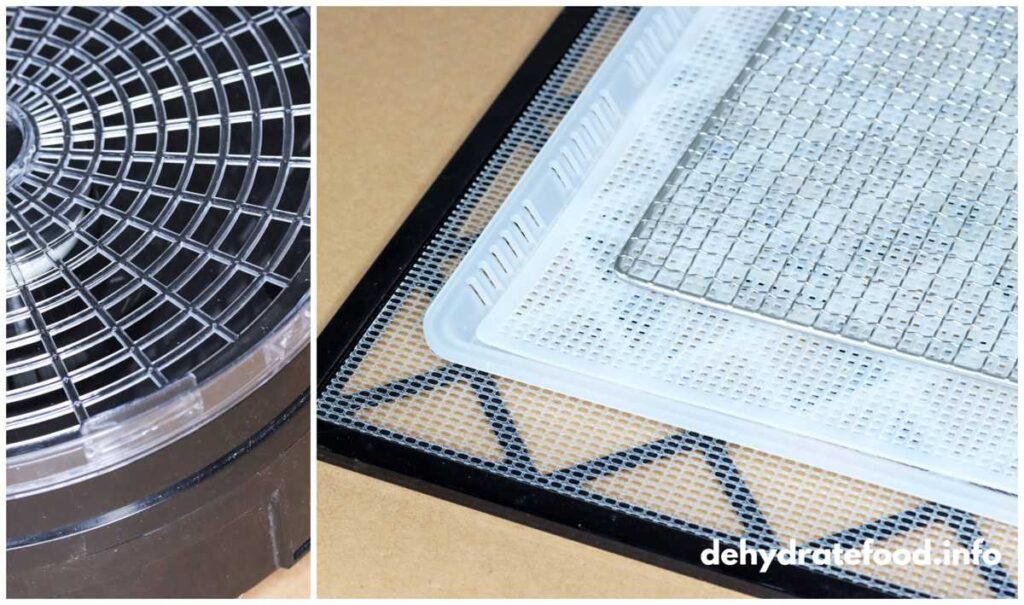
FOOD DEHYDRATORS WITH VERTICAL AIRFLOW
In vertical dehydrators, the air flows from below, which means that in some models, you can stack up to ten frames on top of each other. The dehydrator can be expanded if needed. These, usually round dehydrators, also take up a little less space—but the total surface area per rack is smaller than in a rectangular one.
Some models have high edges, which allows you to dehydrate thick slices of mushrooms. The air is cooler higher up in the dehydrator, meaning the food on the bottom rack will dry faster. Therefore, you should shift the frames from bottom to top to get an even result. You can also rotate each frame occasionally if they dry unevenly.
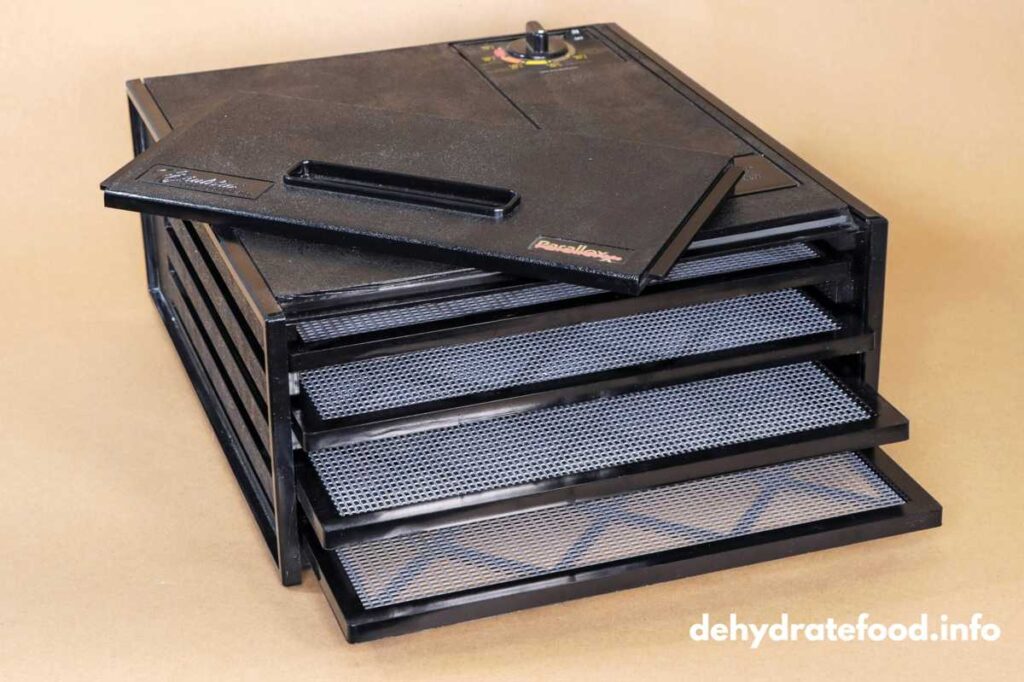
ADVANTAGES
- Low price
- Easy to store
- High edges are suitable for mushrooms and other bulky food
- Some models can be expanded
- Low weight
DISADVANTAGES
- Drying frames must be repositioned during drying
- Not perfect for purées and moist food
- Smaller drying area per frame compared to dehydrators with horizontal airflow
FOOD DEHYDRATORS WITH HORIZONTAL AIRFLOW
The air passes from the side in a box-shaped dehydrator, meaning the food dries evenly. It’s therefore easier to dry water-dense food such as strawberries and tomato purée with a horizontal airflow as air passes below and over the food.
The surface area per drying rack is usually larger than round/vertical dehydrators. Note! These dehydrators cannot be expanded, so you must determine what size you need. This type usually has between four and ten drying frames.
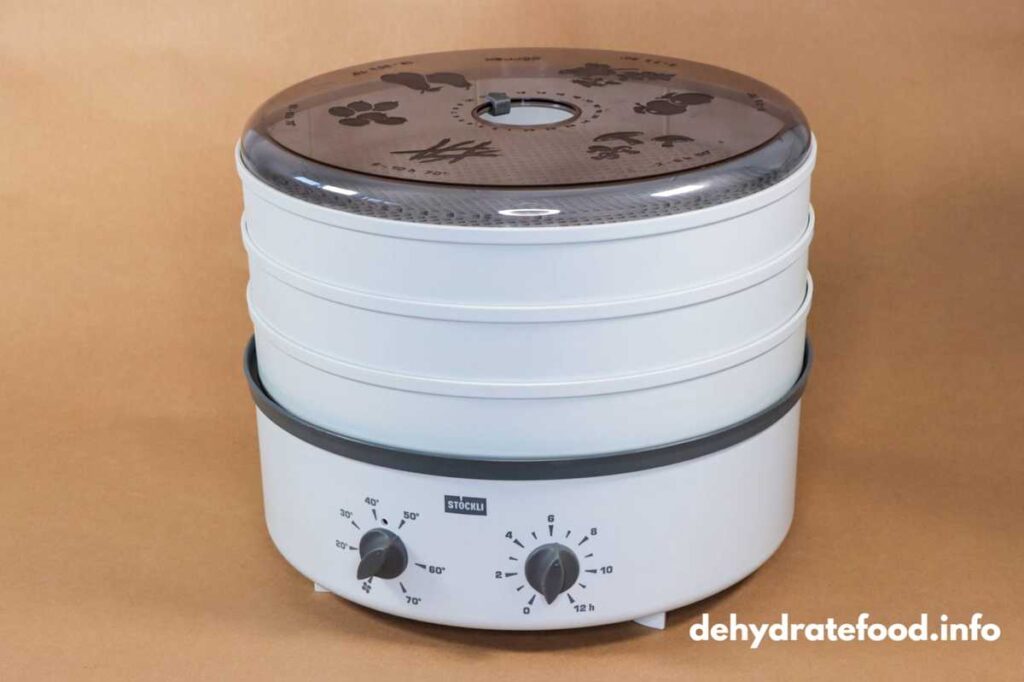
ADVANTAGES
- Can dry purées and other moist food
- Frames do not need to be repositioned during drying
- Big drying area per frame
DISADVANTAGES
- More expensive than a round dehydrator (vertical airflow)
- Cannot be expanded with additional frames
- Heavier than a round dehydrator
FREQUENTLY ASKED QUESTIONS – FOOD DEHYDRATORS
CAN YOU DRY DIFFERENT INGREDIENTS AT THE SAME TIME IN A FOOD DEHYDRATOR?
Yes, if they are dried at the same temperature. However, strong-smelling food such as garlic can add flavor to other foods.
CAN YOU ADD FOOD WHILE DRYING?
Preferably not, because the drying food absorbs moisture.
DOES IT MATTER IF THE DOOR IS FIXED WITH HINGES OR REMOVABLE?
No
DOES IT MATTER WHERE THE FOOD DEHYDRATOR IS PLACED?
Yes, put it in a dry place and the drying time will be reduced. Also, remember that dust will blow over the food if you put the dehydrator in a garage or other dirty area.
WHY DO I GET DIFFERENT DRYING TIMES EVEN THOUGH I DEHYDRATE THE SAME FOOD WITH THE SAME THICKNESS AND AT THE SAME TEMPERATURE?
Higher humidity results in longer drying times. It varies throughout the year and during rainfall.
CAN I USE THE DEHYDRATOR OVERNIGHT?
Yes.
DOES A DEHYDRATOR CONSUME A LOT OF ENERGY?
It consumes less than a household oven as the drying time is shorter and it has a better thermostat.
WHAT TYPE OF FOOD DEHYDRATOR IS BEST FOR MUSHROOMS?
One where the drying racks have high edges.
WHAT TYPE OF FOOD DEHYDRATOR IS BEST FOR CAMPING FOOD?
A food dehydrator with horizontal airflow (rectangular) is perfect for stews and purées.
